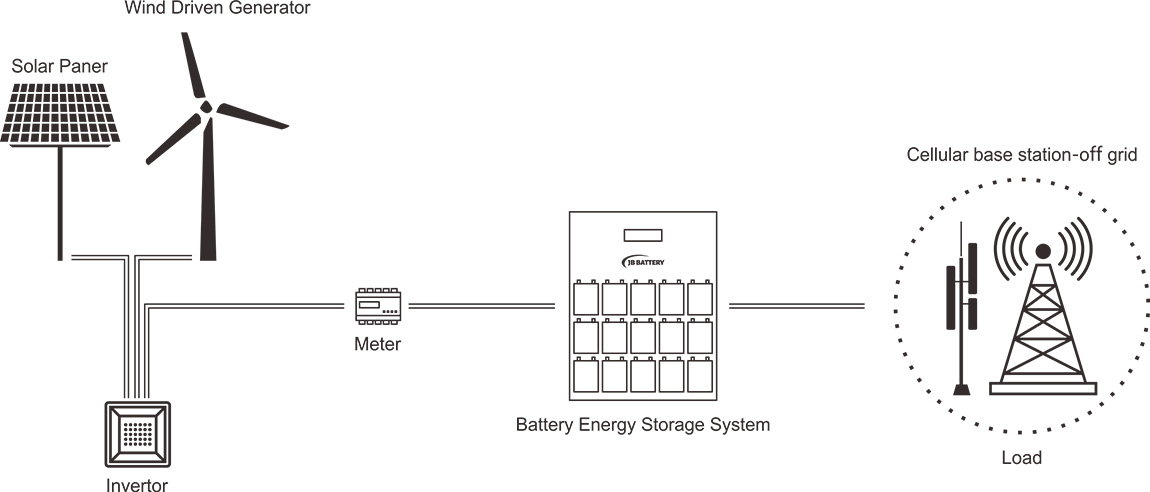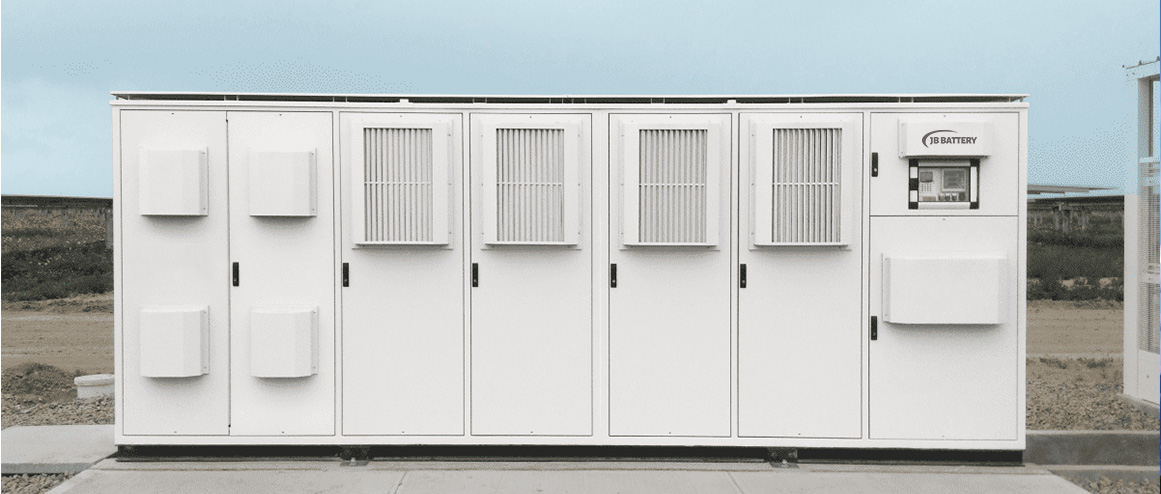Telecom Tower Battery System

What is a telecom battery?
Telecom batteries store energy for use anytime the power is cut off. Think of these batteries as your internal backup power system. They need to offer enough power to keep the system running as long as possible. These batteries also need to be efficient, compact, and durable enough to withstand some pretty extreme environments. Telecom batteries are significantly more powerful and durable than your typical battery.
What Types of Batteries Are Used for Telecommunication?
There are two main types of batteries that are used in telecom: lead-acid batteries and lithium-ion batteries. Lead-acid batteries come in several varieties, including wet batteries, sealed or SLA batteries, gel batteries. All of these batteries use electron transfer to store power, but what medium allows for electron transfer varies.
Both lead-acid and lithium-ion batteries are incredibly common, so you need to make sure you’re getting batteries designed for use in telecom systems. Otherwise, you might end up with a battery designed for completely different power needs.

What to Look for in a Telecom Battery?
Here’s a quick rundown of the most important traits in a great telecom battery.
Battery Type
Choosing the right battery type is important if you want to have an efficient backup system for your telecom network. Even though there are only two main types of batteries, lead-acid batteries have several subtypes that are different enough to be worth exploring.
Lithium-Ion Batteries
Lithium-ion batteries are significantly newer technology than lead-acid batteries and offer some efficiency and power improvements over the older style. They are also generally smaller than all but JB batteries and are low maintenance and are small footprint batteries. However, lithium-ion batteries are also more expensive on average and can be cost-prohibitive for some telecom applications.
That said, lithium-ion batteries do offer some of the best stability and disaster resilience of any available telecom batteries.
Energy
In terms of energy storage, it’s generally a good idea to pack as much battery power into your available space as possible. That way, you’ll have longer uptime in case of an emergency. That means your batteries need to have a high energy capacity and that they should charge quickly after power is restored. That way, you’re ready if power goes out again.

Permanency
There are two types of telecom batteries: permanent installations and temporary batteries. Permanent installations are there for the long haul and need to be durable enough to handle local weather patterns. They also need to be able to hold a consistent charge for long periods without losing power. Temporary batteries might only be at your installation for an emergency, during maintenance or upgrades, or while you’re waiting for permanent batteries to be installed.
In general, temporary batteries don’t need to be as powerful or durable as permanent batteries. However, they should still be able to maintain at least the minimum amount of power needed by your telecom system. They shouldn’t be a partial system.
Durability
Telecom batteries should be built to withstand incredibly harsh conditions, including natural disasters. That’s because, as the main power backup for your telecom system, they need to be up even when everything else is down. Durability is one reason both AGM and lithium-ion batteries are recommended for telecom use.
The more durable the batteries themselves are, the fewer requirements for their housing. The less durable the battery, the more temperature control, ventilation, shock absorption, and other adaptations will need to be built into their housing.
Maintenance Requirements
While maintenance is inevitable with any telecom battery bank, minimizing your maintenance requirements can also help reduce your long-term costs for the system. Again, AGM and lithium-ion batteries tend to be the best options from a maintenance perspective since they are very self-sustaining.
Conclusion
Telecom batteries might seem like a relatively small part of your overall telecom system, but they are a critical aspect of any good telecom system. The last thing you want is for your phones to fail right when you need them in the middle of an emergency.
Having a durable and well-designed telecom battery system installed is one way to make sure you’re prepared for the worst. Ideally, your system should meet or exceed all operating standards when it comes to your batteries, and the system should need as little maintenance as possible. That way, you know it’s there when you need it.

 English
English Português
Português 日本語
日本語 Español
Español Pусский
Pусский Deutsch
Deutsch 한국어
한국어 العربية
العربية Français
Français Tiếng Việt
Tiếng Việt Italiano
Italiano